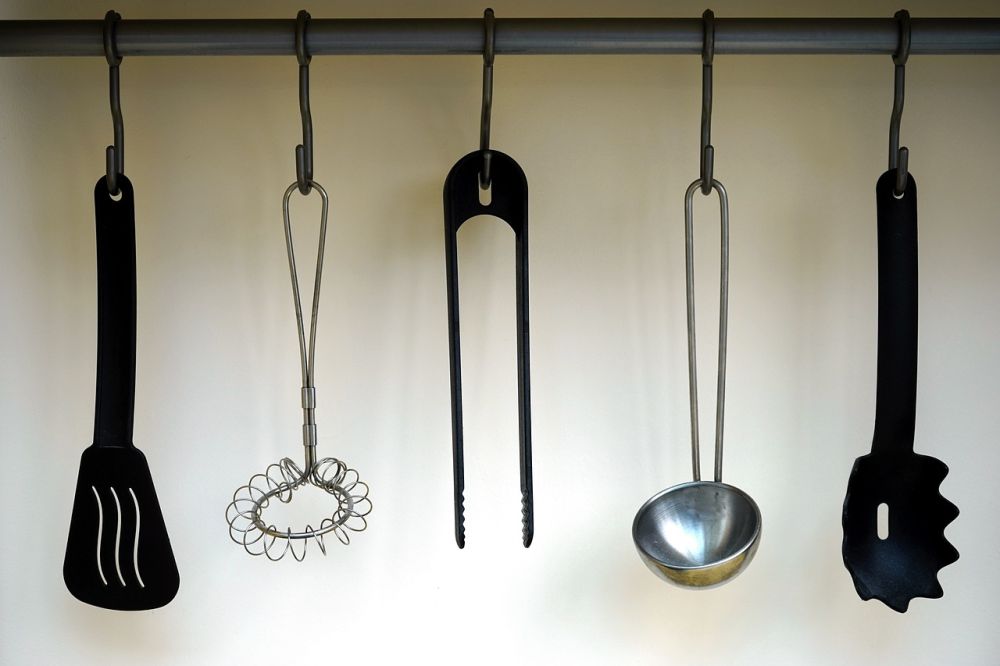5 Surprising Places Where You Can Find Germs in the Kitchen

Are you a budding chef, spending much of your time in the kitchen cooking and cleaning? In such a case, you might feel that you have taken good care of your kitchen and kept it organized and clean. But, do you know that even the neatest of kitchens might be sheltering dangerous bacteria? You must start paying attention to some of the unheeded places to get rid of the germs in the kitchen. It can turn your kitchen into a much safer zone.
Cross-contamination is one of the most important things that you must look out for, especially with vegetables and meats. It is highly essential to store both the cooked and the raw food in as much cool place as required. You must always try to keep your kitchen free from Listeria, Salmonella, E.coli, mold, and yeast. In this article, you can learn the 5 surprising places where you can find harmful germs in the kitchen.
Find germs in the kitchen coffee reservoirs and wash water dispensers

Both the wash water dispensers in the refrigerator and the coffee reservoirs can be the great places for the mildew and the mold to grow. The damp and dark areas are where the mold survives. Vinegar is a great solution for cleaning such areas.
Use 4 cups of white vinegar and run it through the dispensers or reservoirs. Later give 2-3 water wash cycles. This must be done at least once or twice a month to keep away the germs in the kitchen.
Clean can openers and the spatulas to kill the germs in the kitchen

The can openers are the real trivial things that often go unclean, probably unnoticed too. You must always hand clean or clean it in the dishwasher after each and every use so that there are no residues of food left on the blade causing bacteria and mold.
The blades of spatulas usually have two parts. So, you must ensure to remove them separately and thoroughly wash it in the soapy water, rinse and dry them. If you have some time on hand, take out all the tools from the drawer and sanitize the utensil holders and the inside of the drawers. Use a disinfecting wipe to clean the complete drawer and let it dry.
The creepy compartments in the fridge can spread germs in the kitchen
This is one place where the germs can take shelter and you can never think of this place affecting your kitchen. The vegetables and meat when stored raw in the compartments may still have soil remains to spread germs in the kitchen. There can be food spills in the compartments. So, it is essential to keep the raw food and the cooked food separately and clean the compartments by removing them.
A thorough cleaning with the soapy solution every 2-4 weeks can keep the germs away. Soak the compartments in the warm soapy water for 15-20 minutes. While the racks or compartments are soaking, you can use a disinfecting spray to clean the fridge. Sprinkle some baking soda in the compartments and clean them with a sponge. You may also check the creative uses of baking soda in one of the articles on our blog.
Horrifying gaskets have germs

The harmful creepy-crawlies can make their home in the hard-to-reach zones like under the thin and detachable plastic gaskets. These are usually found around the covers of the food storing bottles and also around the mixer blades and gaskets.
Do you ensure to clean the blender thoroughly after making your smoothies? If not, then the mold and bacteria can enter your kitchen easily. It is always good to unplug the blender, unscrew the blades, and then wash it thoroughly after every use.
Home for germs in the kitchen through creepy sponges
The sponges can be very harmful to your kitchen. The smelly and wet sponge can attract germs and bacteria. So, it is better to shift to rags and dishcloths as it can be sanitized.
If you still wish to use the sponge, always remember to microwave the sponge for 2 minutes before use to kill the bacteria.
Conclusion
When the above kitchen areas are free from germs and bacteria, your kitchen actually remains relatively safe and germ-free. You may check one of the articles on comprehensive kitchen cleaning checklist on our website to get a clear idea. Try to get rid of the germs in the kitchen and make it safer for your family and loved ones.
Moupriya Das
Acknowledgment:
"Featured photo": for source click here.
"Photo no. 1": for source click here.
"Photo no. 2": for source click here.
"Photo no. 3": for source click here .
This article was originally published in 2019 on SPIC AND SPAN. Home & Office Cleaning blog.
Check more articles on our blog

15-Minute Rapid Master Bedroom Cleaning Routine

Learn How To Make A Bed That Could Be Featured On A Magazine Cover

Comprehensive Living Room Cleaning Checklist
